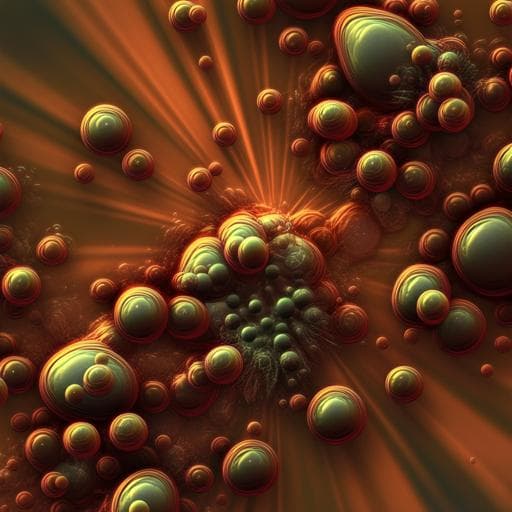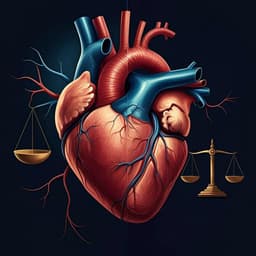
Medicine and Health
Alternating magnetic fields and antibiotics eradicate biofilm on metal in a synergistic fashion
Q. Wang, J. Vachon, et al.
Discover a groundbreaking non-invasive method to combat biofilm on metal implants using intermittent alternating magnetic fields (iAMF) combined with antibiotics. This innovative approach, studied by Qi Wang, Jonathan Vachon, Bibin Prasad, Christine A. Pybus, Norman Lapin, Rajiv Chopra, and David E. Greenberg, significantly enhances antibacterial activity against *Pseudomonas aeruginosa* and *Staphylococcus aureus*, paving the way for improved treatment options.
~3 min • Beginner • English
Related Publications
Explore these studies to deepen your understanding of the subject.







